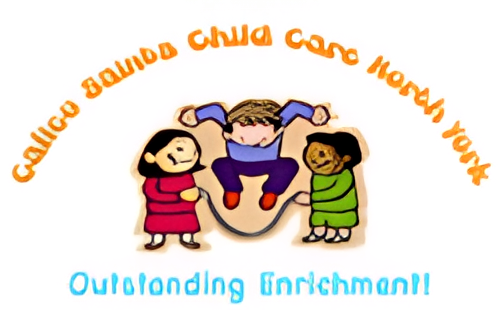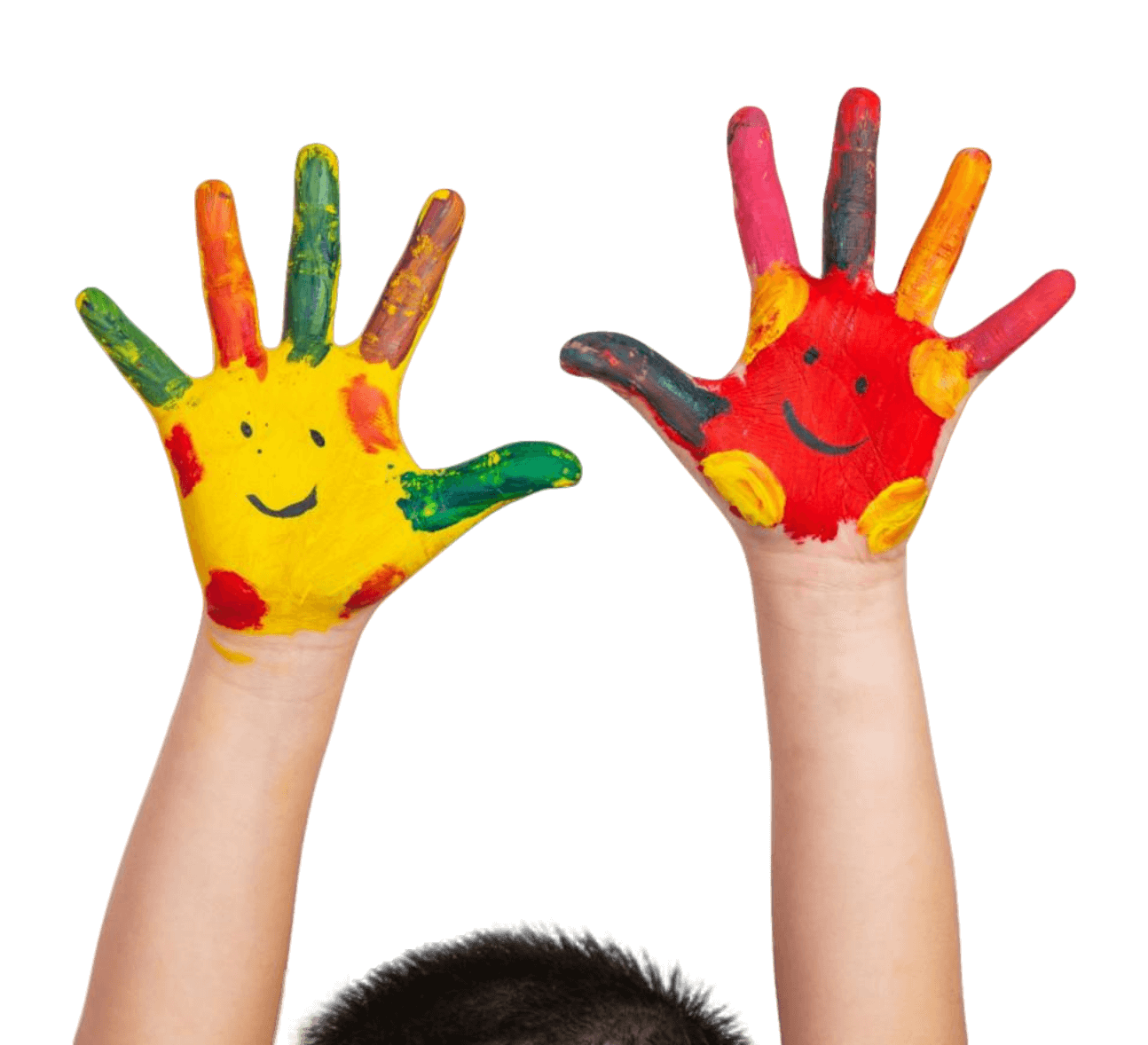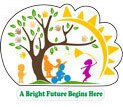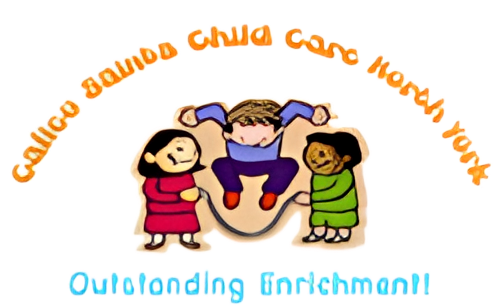Introduction to Music and Movement in Childcare Education
Bringing music and movement into childcare education isn’t just fun; it’s a powerful tool to help kids grow. From the moment we introduce these elements, kids begin to improve in areas like coordination, balance, and even their ability to communicate. Think of it as hitting two birds with one stone – as kids jump, dance, and sing, they’re not just burning off energy. They’re laying down the foundation for skills they’ll use for the rest of their lives. Music and movement activities range from simple clapping games to full-on dance sessions. The beauty of it is, you don’t need to be a professional to make a significant impact. Whether it’s during circle time with classic nursery rhymes or a planned dance activity, these moments are golden. They teach kids about rhythm, enhance their memory, and even boost their confidence as they learn new moves and songs. Plus, it’s a natural way for them to express emotions and connect with others, making it a staple in childcare education that goes beyond just play.
The Role of Music in Child Development
Music in child development is like a hidden superpower. From the moment a child starts tapping their foot to a beat, something amazing begins to happen. It’s not just noise; it’s a gateway to learning. Music helps young minds grow in several powerful ways. It boosts brain power by improving memory, attention, and even the ability to solve complex problems. Imagine a child’s brain like a sponge – music makes that sponge soak up knowledge faster and more efficiently. But it’s not all serious business. Music also unleashes creativity. Give a kid a drum or a simple melody, and watch their imagination take flight. They start to understand the world in new and exciting ways, thinking outside the box. Then there’s language skills. Before kids can talk, they can hum, babble in tune, or clap. These are the building blocks of communication. Through songs, children learn new words and how to pronounce them, setting a strong foundation for speaking and reading. And let’s not forget the emotional benefits. Music lets kids express joy, happiness, or even sadness, teaching them about empathy and emotional intelligence. So, when you think about music in childcare, it’s not just fun and games. It’s a crucial ingredient in helping children grow smarter, more creative, and emotionally healthy.
The Importance of Movement for Young Learners
Kids are not built to sit still all day. They need to move, jump, and play. This is not just for fun, though it is a blast. Movement is crucial for young learners’ development. Through movement, kids improve their physical health, yes, but they also boost their brains. When kids move, they enhance their motor skills, which are essential for everything from writing to tying their shoes. But that’s not all. Movement helps with more than just physical skills. It sharpens their minds. As they navigate their physical world, they’re also learning critical thinking and problem-solving. Ever watched a kid figure out the best way to reach the top of a slide? That’s problem-solving in action. Plus, when kids are active, they’re sending oxygen, blood, and nutrients to their brain, making it easier for them to focus and absorb information. So, when we talk about integrating music and movement in childcare education, we’re not just giving kids a way to burn off energy. We’re setting the stage for better learning and development. In a nutshell, movement equips kids with the necessary tools to learn effectively and grow into well-rounded individuals.
Enhancing Cognitive Skills Through Rhythmic Activities
Integrating music and movement into childcare education doesn’t just make things fun; it sharpens the kids’ brains too. When children clap, stomp, or dance to a rhythm, it’s not just random play. These activities boost their cognitive skills, which are brain functions related to learning and thinking.
First off, rhythmic activities improve memory. Remember how easier it was to learn the ABCs through a song? That’s because music and rhythm help lock information into our brains. This method works wonders for young minds, making learning a smoother process.
Next, solving puzzles and patterns in music, like following beats or creating tunes, teaches problem-solving skills. Kids start understanding sequences, which is the foundation for math and reasoning. This also sparks creativity. When children experiment with different sounds and movements, they’re exploring new ideas. It encourages out-of-the-box thinking.
Also, focusing on keeping in tune or in step with the music improves concentration. Children learn to pay attention for longer periods, which is crucial for all sorts of learning.
So, rhythmic activities in childcare aren’t just play. They build future thinkers, creators, and doers. Engaging kids in music and movement sets a strong foundation for their intellectual growth.
Social and Emotional Benefits of Music and Movement Integration
Adding music and movement to the daily activities in childcare helps children grow emotionally and socially. Here’s how: First off, when kids sing and dance together, they learn about cooperation. They understand the importance of taking turns and working in harmony. Think of it like being part of a team where every player’s move counts. This teamwork fosters a sense of belonging and unity among them. Secondly, expressing themselves through music and movement gives children a unique way to convey their feelings. It’s easier for some kids to show happiness with a song or shake off sadness with a dance than to use words. This builds their confidence and emotional awareness, making them more in tune with how they and others feel. Plus, celebrating successes, even the small ones, boosts their self-esteem. Let’s not forget empathy. As children engage in songs or dances about different situations or emotions, they start understanding and feeling what others might be going through. This empathy is a big step in their social development. In short, music and movement are not just fun. They’re tools that help young minds grow in understanding themselves and others, teaching valuable life skills in the most enjoyable way.
Creative Expression and Innovation in Childcare Settings
Music and movement sessions in childcare aren’t just about having fun. They’re a strategic tool for boosting creativity and innovation among kids. Imagine children swirling to melodies or tapping to beats. This isn’t just play. It’s their introduction to creative expression. Music encourages children to express emotions and ideas without needing complex words. Movement, on the other hand, helps them explore their physical space and understand their bodies better. Together, these activities light up different parts of the brain, sparking innovation. Kids learn there’s not just one way to solve a problem. Whether it’s tapping a drum to produce a new sound or moving their bodies in unique ways to navigate spaces, they’re experimenting and learning. This early taste of innovation sets the groundwork for creative problem-solving skills that are crucial in today’s fast-paced world.
Strategies for Implementing Music and Movement in Daily Activities
Integrating music and movement into daily childcare activities does not have to be complicated. Start simple. You don’t need expensive instruments or complex routines. Clapping rhythm patterns or marching in place can do wonders. Make it a routine part of the day. Maybe start with a welcome song in the morning, or a movement game after lunch. It’s about making these activities a regular, fun part of the day. Use what you have. Pots, pans, and wooden spoons make excellent drums. Scarves or ribbons can add flair to a dance. It’s the engagement and joy that count, not the equipment. Focus on inclusivity. Make sure all children, regardless of their abilities, can participate. This might mean adapting movements or choosing songs that everyone can sing or move to. Lastly, keep it varied. Mix up the songs and movements to keep things fresh and exciting. Remember, the goal is to make music and movement a fun and anticipated part of every day.
Overcoming Challenges in Music and Movement Integration
Integrating music and movement into childcare education isn’t always smooth sailing. Challenges pop up, like limited resources – not all centers can afford instruments. Time is another biggie. With packed schedules, fitting in music and movement can seem like climbing a mountain. But here’s the kicker, these hurdles aren’t unbeatable. Getting creative is key. Use everyday items as makeshift instruments – think pots, pans, or even boxes. As for time? It’s about making every moment count. Slip in singing sessions during cleanup time or boogie during breaks. It’s about shifting perspective, seeing the opportunity for music and movement everywhere. And remember, the end goal is the well-being and development of the kids, which makes every challenge worth tackling.
Success Stories: Real-Life Examples in Childcare Education
In classrooms across the globe, teachers are making learning come alive with music and movement. Take, for instance, a preschool in Sweden. Here, children start their day by singing and dancing. This simple routine has not only improved their motor skills but also their ability to concentrate throughout the day. Then, there’s a daycare center in Japan where kids learn new words and express emotions through songs. Reports from the center show a marked improvement in children’s vocabulary and emotional intelligence. In the United States, a kindergarten has integrated music with math lessons. Students clap or stomp to learn counting and patterns. The result? Kids are more engaged and grasp complicated concepts faster. These success stories tell us one thing: when education gets moving to the rhythm, learning becomes more effective and way more fun.
Conclusion: The Lasting Impact of Music and Movement on Child Development
Wrapping up, the integration of music and movement in childcare education is not just about having fun. It’s a foundation for a brighter future for children. Skills like better memory, improved motor coordination, and social development stick with children as they grow. These aren’t just activities; they’re investments in a child’s ability to learn, interact, and navigate the world. The magic of music and movement lies in their simplicity and the profound effects they have on developing brains. By embracing these tools early on, we’re setting kids up for success in school and life. So, the next time you see children singing or dancing, know they’re not just playing. They’re growing in ways that will benefit them for years to come.





